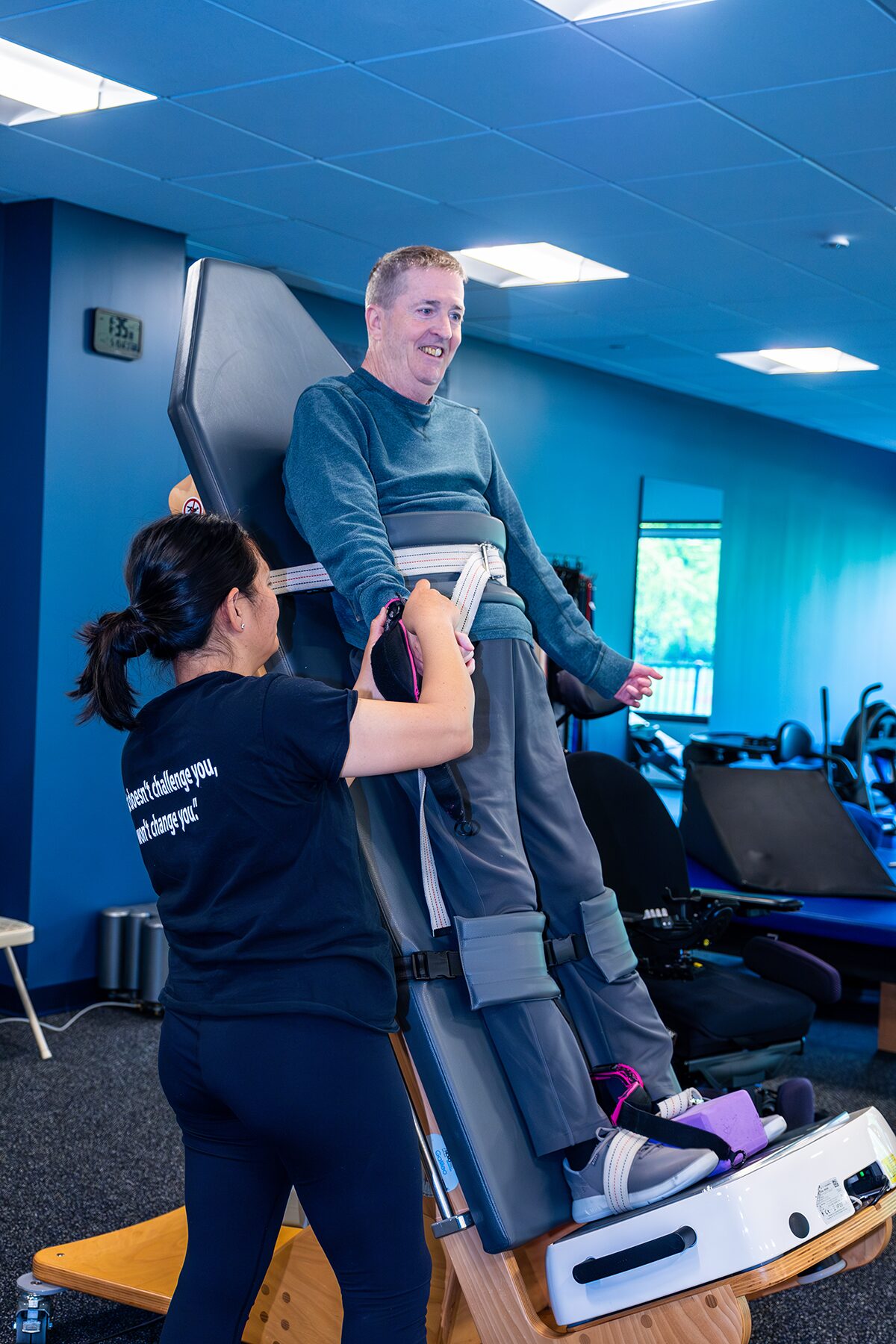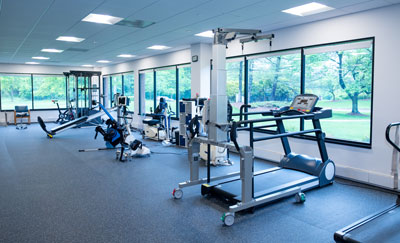Collaborating For Impact
You may see the word “collaboration” and roll your eyes – another blog post about yet another “buzz
word.” But I am writing to tell you how and why partnering with others really does work! As of 2024, Push to Walk is still growing and has just moved to a much larger, more technologically advanced facility in Montvale, NJ.
When Push to Walk opened in January 2007, our goal was to provide a specialized exercise program for our son after he sustained a spinal cord injury in 2004. We thought that if he was interested in this, perhaps others were, too. We focused our efforts and budget on getting the right equipment and hiring qualified staff to train the spinal cord injury and paralysis community. We did not have money to spend on marketing and advertising. Consequently, we knew we had to network and get our message out through other avenues. We discovered that collaborating with others gave our messages momentum and increased our understanding of the paralysis community.
The Path to Collaboration
Our path to collaboration was not easy or quick. As with everything else in life, teaming up with others requires patience, persistence and a give-and-take attitude. It takes initiating, developing and
maintaining relationships. The efforts take time, but the results, as the saying goes, could be “priceless!”
Community groups
Initially, we reached out to any and all community groups in our area – local, county and state – to
spread the word about our specialized gym and our dedication to supporting individuals who had
paralysis or other motor impairments.
We used community directories and online resources to find local Lions Clubs, Rotary Clubs, Optimists Clubs, and others. We called and emailed to arrange for presentations at their monthly meetings (long before COVID thank goodness). Today, virtual meetings are good and efficient options if in-person meetings are not held. The point is to make communications and outreach a priority.
My belief has always been that you never know who might hear your message. It may not be the person answering the phone or reading the initial email, but the person they tell, or the person that person tells who finds our message relevant and is motivated to forge a stronger connection with Push to Walk, to explore our services or to make a donation. You have to take a “long view” of what outreach and presentations can accomplish. From experience, I can tell you it is worth the investment of time.
National organizations
It is also critical to identify larger, national organizations specific to your field. Do your research and be prepared to suggest a collaborative idea that is mutually beneficial. For Push to Walk, a few of the organizations we initially contacted included United Spinal Association, The Dana and Christopher Reeve Foundation and Unite 2 Fight Paralysis (U2FP). Fifteen years later, we continue to partner with these organizations.
We work with the United Spinal Association to provide every new client with a backpack with relevant information on paralysis and resources, as well as information on PTW’s services. With the Reeve Foundation, we are included in the list of resources they provide to people calling them for help and guidance. And with U2FP, we stay connected to the world of spinal cord injury research and have joined with them and their partners in collecting data for relevant research projects. The collaborations each look and feel very different depending on who and why you are partnering with them.
Medical professionals
A major focus of our outreach has been to the medical community. At the outset, we contacted local
hospitals and specialized rehab centers. These are the places where our potential clients were receiving services. And it’s not just the doctors we wanted to reach, but the nurses, therapists, case managers and social workers.
It takes a team of medical professionals to treat a patient with a catastrophic brain or spinal cord injury or diagnosis successfully. Those professionals are interested in knowing how to help their patients. They are always on the lookout for new information. We made it a priority to help them add to their repertoire of resources.
Locally, we have spoken to a variety of medical professionals at Atlantic Health System and Morristown Medical Center. They have connected us with other resources, made client referrals and helped us spread awareness about our unique gym, specialized equipment, and certified trainers for the paralysis community.
Rehabilitation centers
Working with three specialized rehab hospitals in our area- Kessler Institute of Rehabilitation in West
Orange NJ, Helen Hayes Hospital in West Haverstraw NY and Burke Rehabilitation Hospital in White
Plains NY – over the past decade Push to Walk has made presentations to medical professionals, case managers and support groups. These partnerships have been invaluable and helped us to engage in a wide range of activities, including adaptive sports activities, new product trials, pharmacology treatments, and research initiatives.
Building Reputations
Non-profits, especially smaller ones like Push to Walk, benefit greatly from developing the right
partnerships. This strengthens all parties involved, enhances their reputations, and can help expand their impact. When multiple voices combine to form one, there is more power and greater influence. The word spreads about the quality of services we offer, and ultimately, our communities and mutual client populations are enhanced and improved.
So go ahead, jump onto the collaboration bandwagon and make things happen by joining efforts with others. The end result could be “priceless!”



